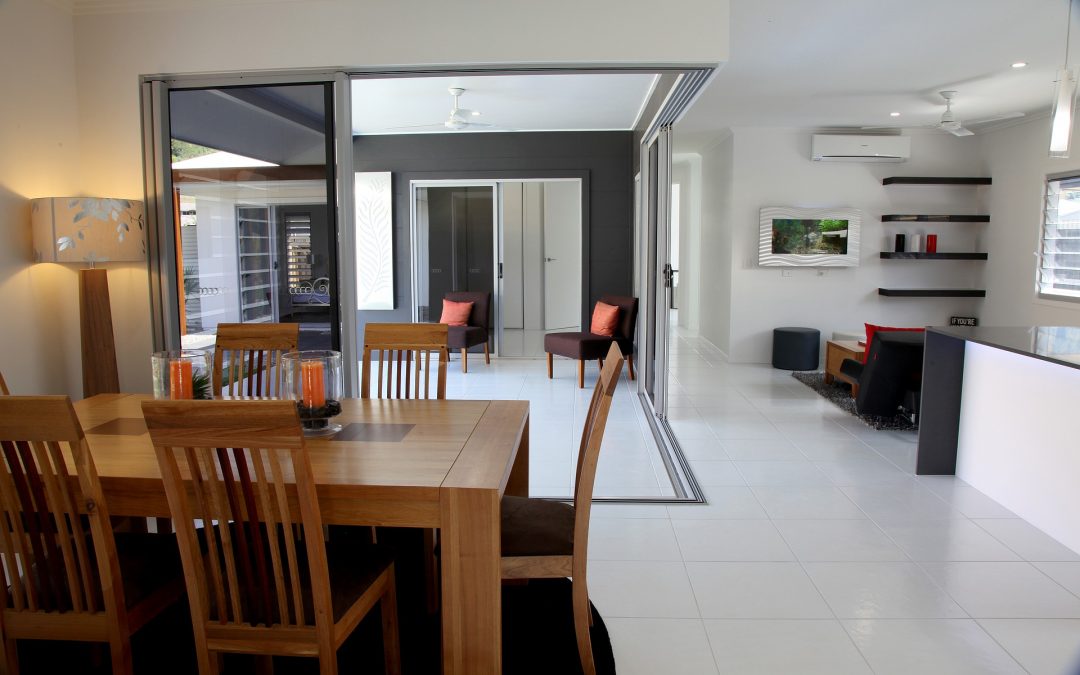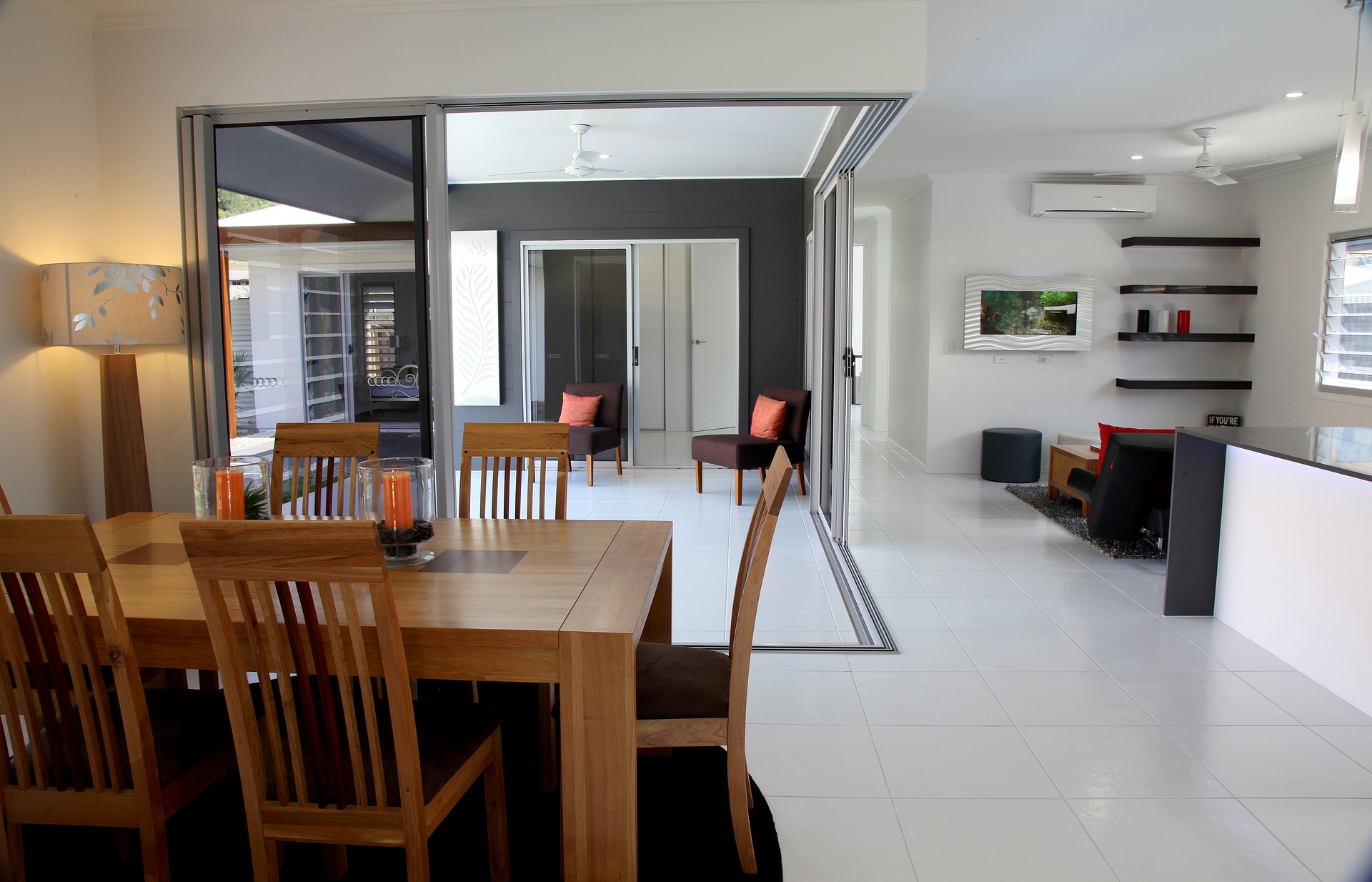Home is where the heart is – and being able to remain at home is one of the top desires of seniors. Here in South Florida, we have an elderly population faced every day with a decision – can I remain at home, or do I need to move into an assisted living facility? Staying home – whether independently or with family members – is known as aging in place – and it is increasingly popular among senior citizens.
Remodeling a home with a universal design to accommodate elderly inhabitants is essential for aging in place safely. To get you started, here are some home features and designs that will create a home better equipped for seniors.
Kitchens – Lower the Heights of Counters and Cabinets
Tall counters and cabinets can make storage and food prep not only difficult – but dangerous. It’s best to lower these items, so they are more easily reached and falls are prevented. In general, lowering counters and cabinets by three inches allows wheelchair uses and seniors to continue participating in kitchen activities with fewer limitations. It’s also smart to have the corners of all counters and tables rounded because while bumping into a sharp edge isn’t a huge deal to young hips, it can cause great pain for older folk.
Aging In Place Bathroom Renovations
Bathrooms are used so often, yet many traditional features are difficult for seniors aging in place to use. You can help make the bathroom more suitable for seniors with these few modifications.
- Add non-slip strips to the floor of the shower and bath. Slips are a major danger to seniors.
- On that note, change the flooring to non-slip tiles, if you’re able. Cork and slip-resistant vinyl are great options. If you use the same flooring throughout the entire house, then you eliminate thresholds and the small changes in height they may cause.
- Install a taller toilet. As many seniors find the motion of squatting or sitting difficult, standard toilets are often too low for them to get up off of.
- Grab bars next to toilets and in showers make standing up easier and provide stability to prevent falls.
- Put in a removable shower head. This way, seniors can easily wash whether they are standing or sitting on a shower bench.
- Install GFCIs on the outlets if they aren’t there already. They will help prevent shock if water comes in contact with them.
Remove as Many Steps as Possible
Steps can be challenging for seniors to navigate, regardless of whether or not they use a wheelchair or not. If possible, make the entry to your home stair-free. Install a ramp instead to aid with easier ascents. Ramps allow users to move at their own pace, make grocery-carrying easier, and make it less likely that a slip will occur.
Widen the Home’s Hallways
According to the Americans with Disabilities Act, hallways should be three feet wide to accommodate all people regardless of ability. Wide hallways allow users to have walkers, wheelchairs, aids, scooters, or any other assistance they need to get around their home. You should do the same for doorways–after all, a wide hallway is no use when you can’t fit through doorways! As we mentioned earlier, aim for thresholds to be as seamless as possible. Bumps in doorways can be hard to roll over or easily tripped on.
Since stairs can be dangerous, the ideal aging in place home should have a bedroom and full bathroom on the main floor. This way, the senior resident does not have to regularly traverse the stairs and risk a slip or fall.
Call today for Design and Installation Help!
West Coast Design Build Florida offers professional design and installation services to Sarasota area homeowners. We specialize in kitchens, bathrooms, and outdoor living spaces. Call us today to set up a consultation to learn more about renovating your home for a loved one who is aging in place.



Recent Comments